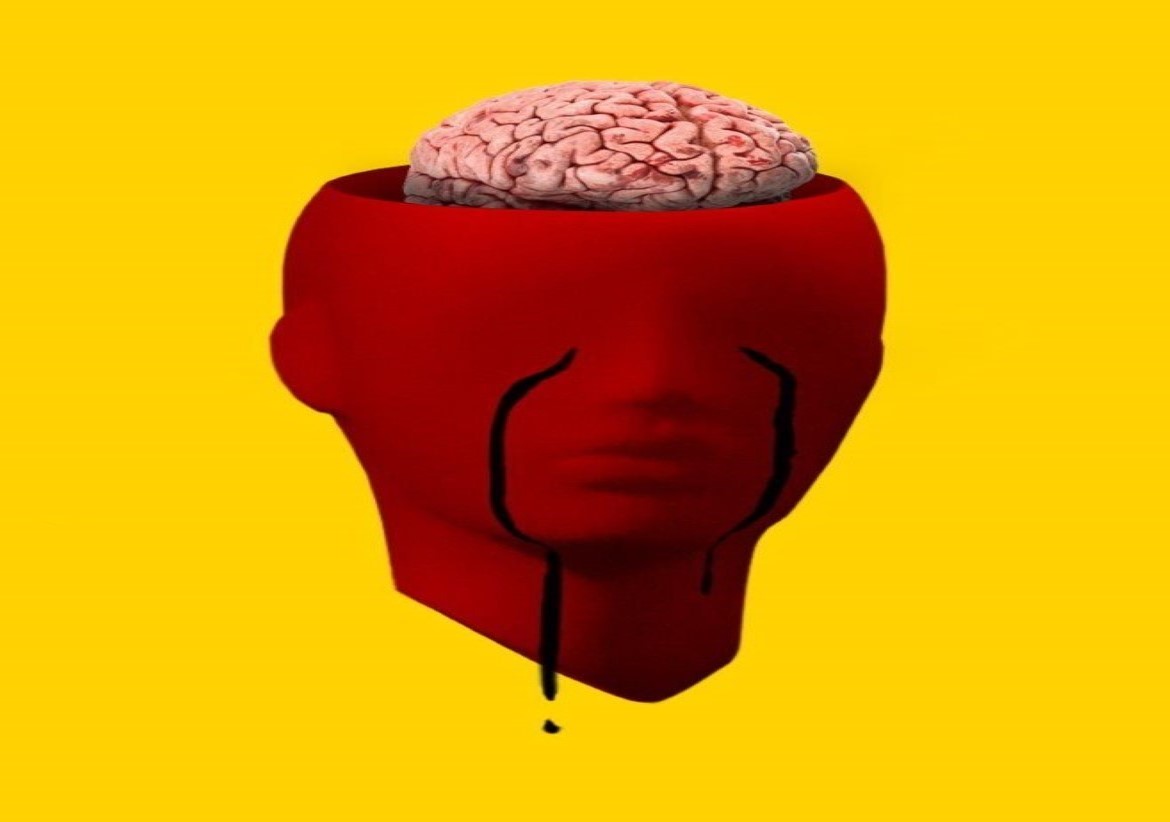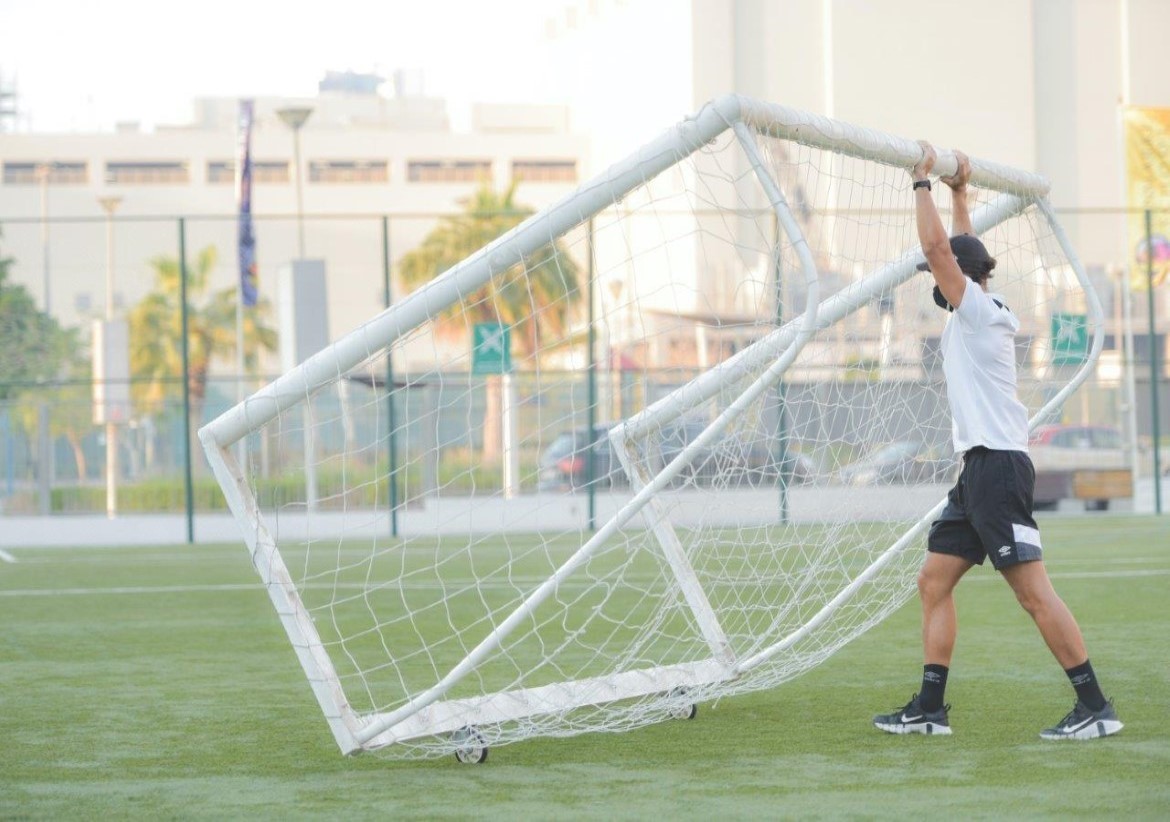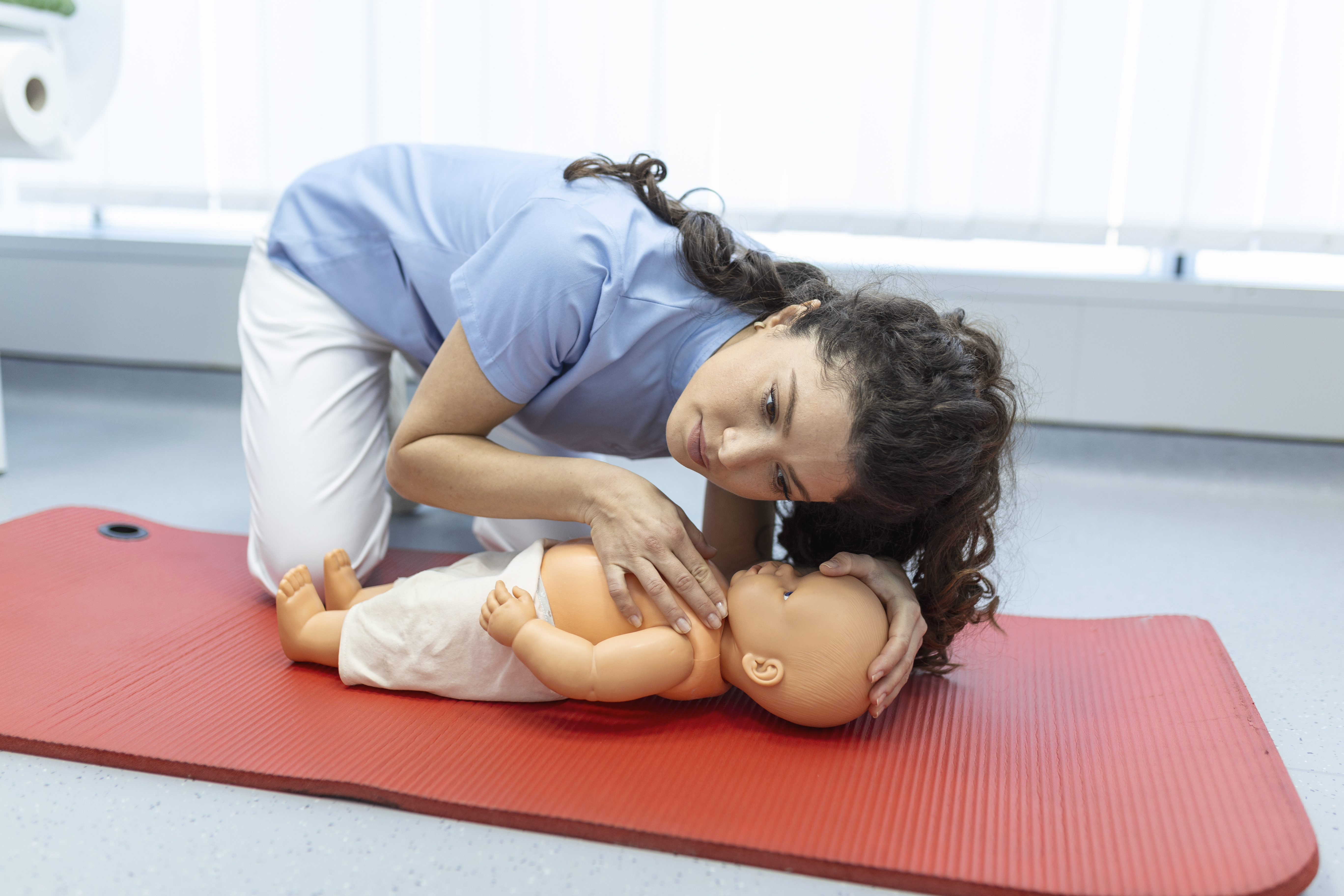This is a stroke, right?
Stroke is the topic that will be covered in this module. Having a stroke occurs when there is a disruption in the flow of blood to the brain. A blood artery that has burst or a blockage could be the source of this condition. A first step towards recognising and preventing strokes is to get an understanding of what strokes are.
Different Types of Strokes
Explore the many types of strokes and the symptoms that are associated with them. The difference between ischemic strokes and hemorrhagic strokes is that the former occurs when a blood clot plugs a blood vessel in the brain, while the latter occurs when a blood vessel breaks. In order to facilitate early intervention, it is essential to recognise these distinctions.
Recognising the Signs
Master the ability to identify the symptoms of a stroke. One of the most common symptoms is sudden numbness or weakness in the face, arm, or leg, often on one side of the body. Other symptoms include sudden confusion, difficulty speaking or understanding, sudden difficulty seeing in one or both eyes, sudden difficulty walking, dizziness, or loss of balance. The ability to act quickly can save lives.
Preventive measures and risk factors
Examine the risk factors for strokes, including smoking, obesity, high blood pressure, and inactivity. We'll talk about dietary adjustments and other preventative steps that can dramatically lower the chance of having a stroke.
Recovery and Emergency Reaction
Discover the significance of intervening quickly when someone is experiencing a stroke in this last module. Every minute matters! We'll also go over the fundamentals of stroke rehabilitation and recovery, stressing the value of continued care and assistance.





